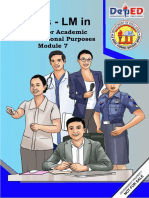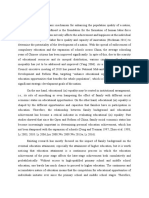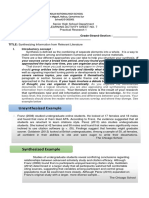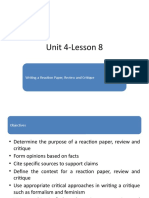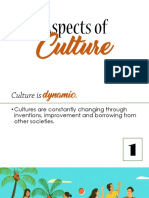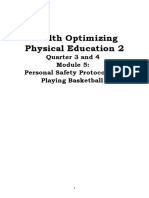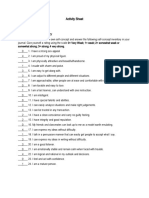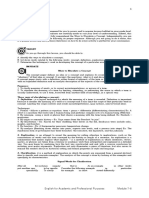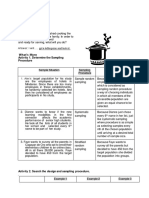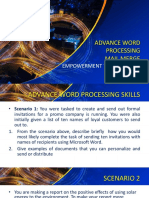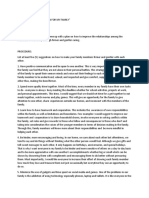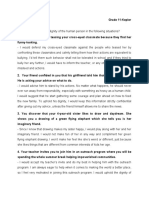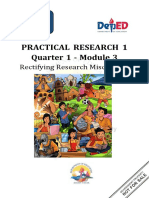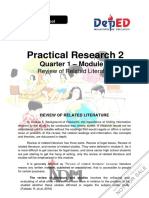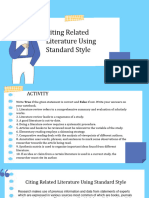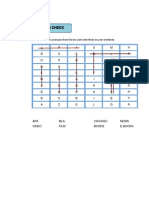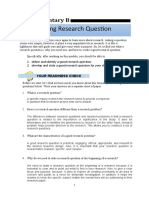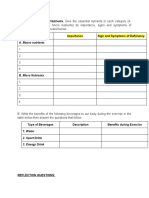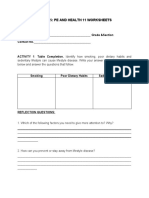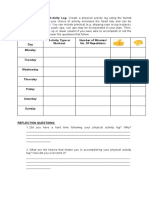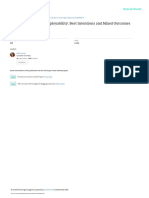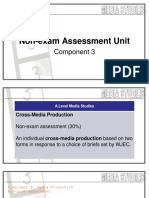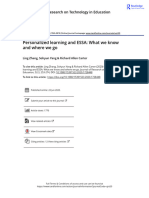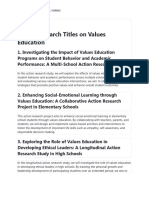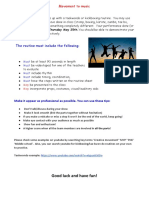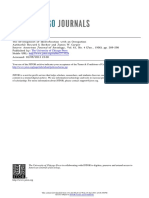0% found this document useful (0 votes)
517 views15 pagesCitation Styles for Researchers
The document provides information about citing related literature using standard citation styles. It discusses the objectives of being able to identify different citation ways, differentiate citation styles, and cite literature using standard styles. Various sources for literature review are identified, including books, journals, databases, news, films, and e-books. Common citation styles like APA, MLA, and Chicago/Turabian styles are defined. Examples of in-text citations and reference list entries are given for different source types like books in both print and electronic formats.
Uploaded by
Vince Joshua AbinalCopyright
© © All Rights Reserved
We take content rights seriously. If you suspect this is your content, claim it here.
Available Formats
Download as DOCX, PDF, TXT or read online on Scribd
0% found this document useful (0 votes)
517 views15 pagesCitation Styles for Researchers
The document provides information about citing related literature using standard citation styles. It discusses the objectives of being able to identify different citation ways, differentiate citation styles, and cite literature using standard styles. Various sources for literature review are identified, including books, journals, databases, news, films, and e-books. Common citation styles like APA, MLA, and Chicago/Turabian styles are defined. Examples of in-text citations and reference list entries are given for different source types like books in both print and electronic formats.
Uploaded by
Vince Joshua AbinalCopyright
© © All Rights Reserved
We take content rights seriously. If you suspect this is your content, claim it here.
Available Formats
Download as DOCX, PDF, TXT or read online on Scribd
/ 15


